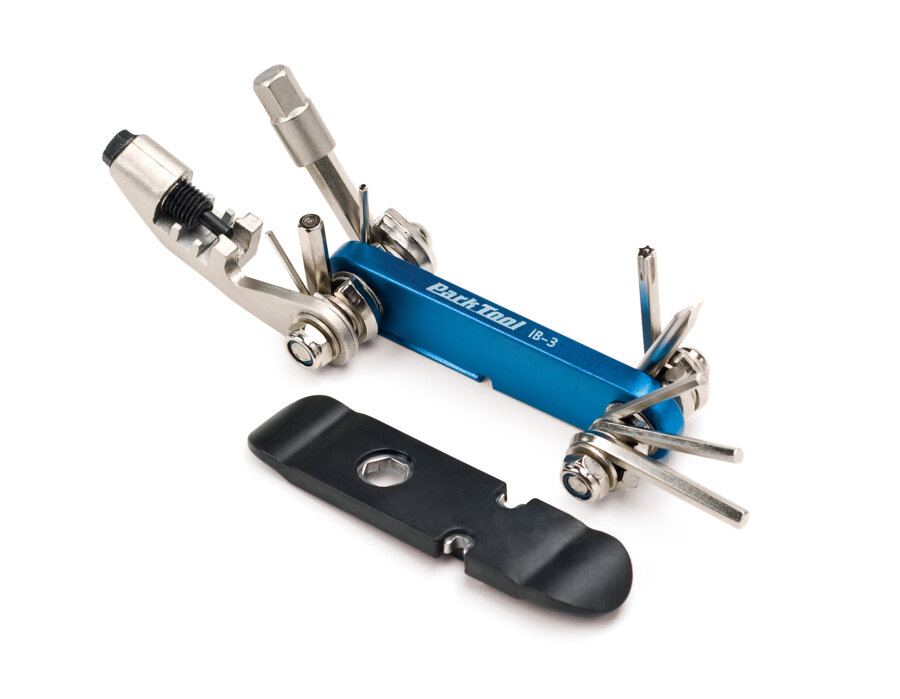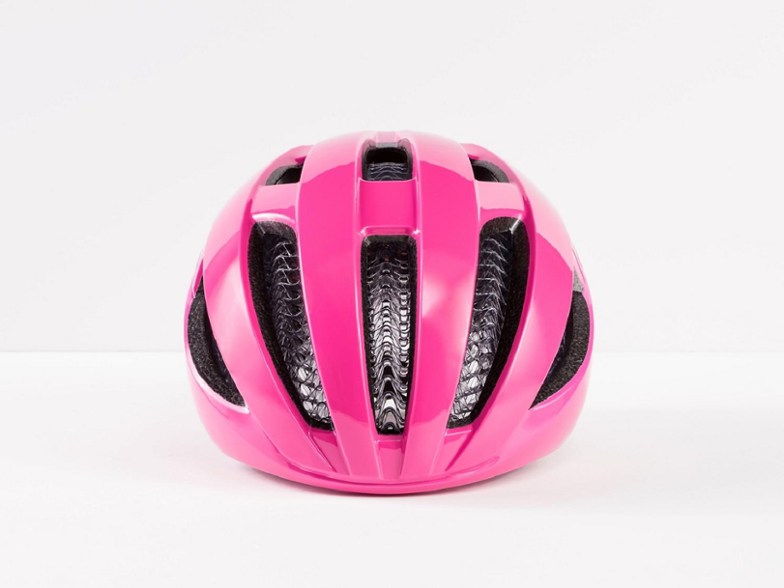I was at work the other day at the bike shop and a customer was asking about what tools he needed to be able to do some minor repairs at home, and specifically if we had Park Tool, because he used Park Tool tools in the past working on other things, because of their quality. I will be one to admit, when I first got a multi-tool to keep in my seat bag, I didn’t know what half the tools were. I also did not know until many years later I had a chain tool included in that.
The tools you need can be split into two basic categories. The first being tools you would need when out on the road. The second is tools you may need to do some repairs at home. An important thing to keep in mind when picking out tools is that bicycle bolts are all measured metrically, so you run the risk of stripping bolts if you attempt to use non-metric tools. I am going to start with the on-the-go tools and move into the home mechanic tools from there.
Tire Levers
This may seem a little obvious, but I had someone in recently who had always been able to pull their tires off with their hands, which is something a lot of us can do depending on the tire. When he got a new tire though and then had a flat tube, he couldn’t get the tire off. When it comes to tire levers I recommend having two, but only using one if you have to. I keep two with each of my flat kits, but try to just use one unless the tire is particularly tight. I also am biased to some narrow tire levers Trek used to make, but they don’t have them anymore, so I will recommend the narrow Park Tool levers or Pedro’s levers in their place.
Multi-Tool
There are a lot of options for multi-tools out there, and the vast majority of people only need a simple one. A multi-tool with just a set of hex wrenches including a 4, 5, and 6 mm should cover just about any bolt. If you are running the newer higher end derailleurs, then I also recommend a 2 mm, which will work for B-tension, limits, and front derailleur angles. This would also be where it would be useful to have a Phillips head screwdriver, but if you are not experienced with limit screws, I do not recommend messing with them for the first time out on the road. For mountain biking some people may also carry a multi-tool with a chain tool. This will allow them to remove a broken link and install a missing link if their chain breaks out on the trails.
For some bikes I do recommend some different styles of multi-tools. Depending on where some seat post bolts are on certain bikes (looking at Giant and Liv bikes I work on), certain wrenches will work better to keep from stripping the bolt. I have a mini ratchet tool I got from Giant that is perfect for this, because it does not get in the way, has all the wrenches I could need, and fits in a small carrier. I highly recommend it to anyone with a bike with this issue instead of pulling out the torque wrench every time (as long as you have gotten really good at hand tightening and won’t over or under torque the bolt). The picture at the beginning of this post is the Giant tool I am talking about. We originally received some from Liv and doubted they would be useful, until we began using them on our rental bikes every time we send them out.
Allen Key Set
Moving away from roadside repairs, I recommend having a second set or sets of hex wrenches at home. I keep a set of L-shaped wrenches and a 3-way wrench at home for convenience and ease of use. While the multi-tool may have the wrenches you need, some of the bolts on bikes are more difficult to get to, making a rounded end of the wrench useful, and a 3-way wrench has the most common sizes, and is one of the most comfortable wrenches to use.
A Pedal Wrench
An important note on this one is to know what kind of pedals you have and what kind of wrench you need. Most basic pedals and a lot of the Shimano lipless pedals use a 15 mm open wrench to remove. Other pedals, including all Look pedals, require an 8 mm hex wrench to remove. There are also some oddball pedals like some Bontrager flat pedals that require a 6 mm hex wrench. Owning a pedal wrench (and knowing the left pedal is reverse threaded) will allow you to avoid the trip to the bike shop every time you need to swap pedals or if you are traveling and taking your bike or taking your pedals to rent a bike. If you use Speedplay pedals, they are some of the most difficult to remove and I recommend getting the Park Tool PW-4 Professional Mechanic Pedal Wrench, because you can find better leverage using it, but most other pedals that require an open wrench are easily removed with the PW-5 shown above.
A Mechanic Stand
If you intend to do a significant amount of work on your bike yourself, first I recommend still taking it by the bike shop for major issues if you are unsure of fixing them, but second I do recommend a good quality stand. This will allow you to have the bike in a fixed position, so you can make necessary adjustments and see the results.








